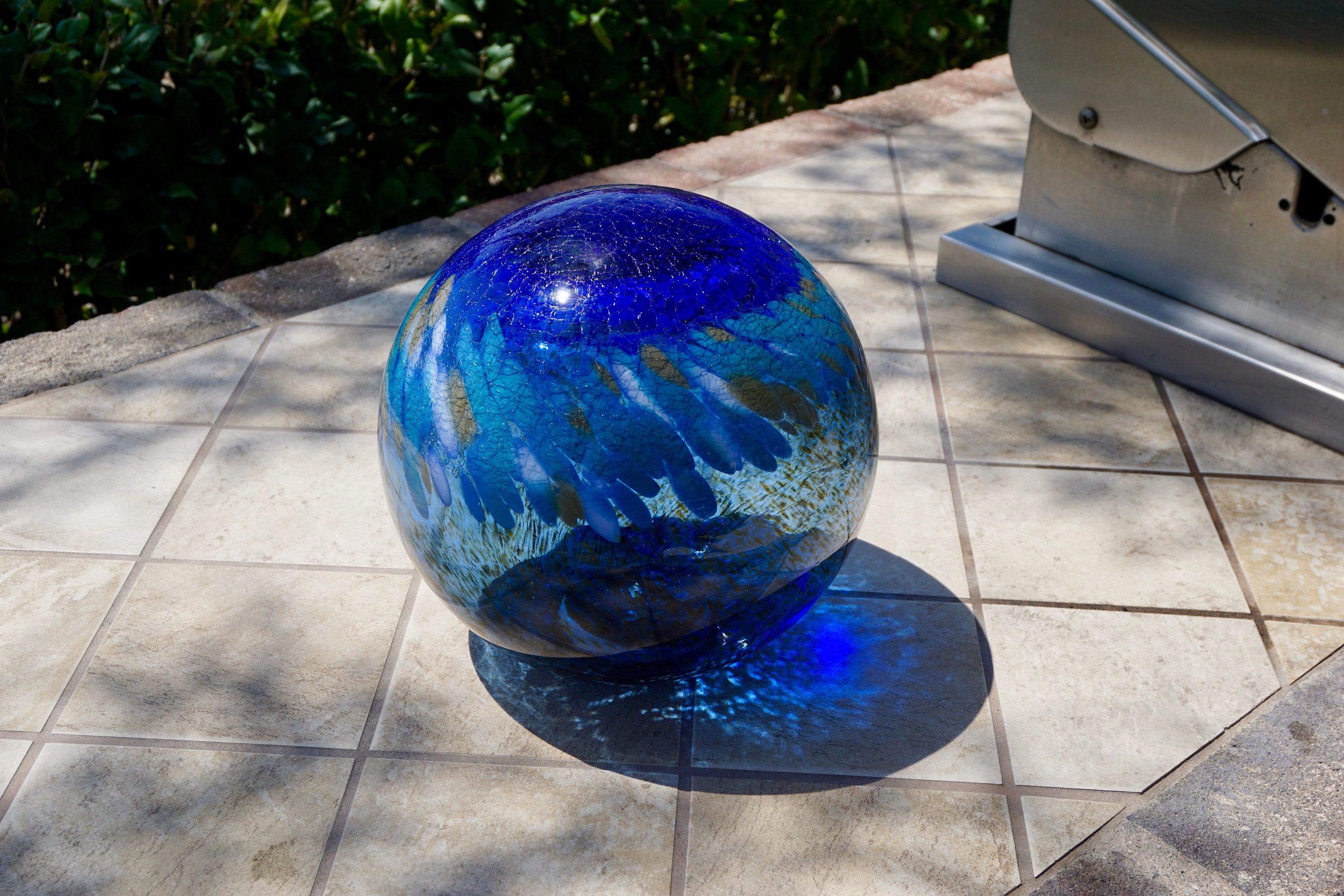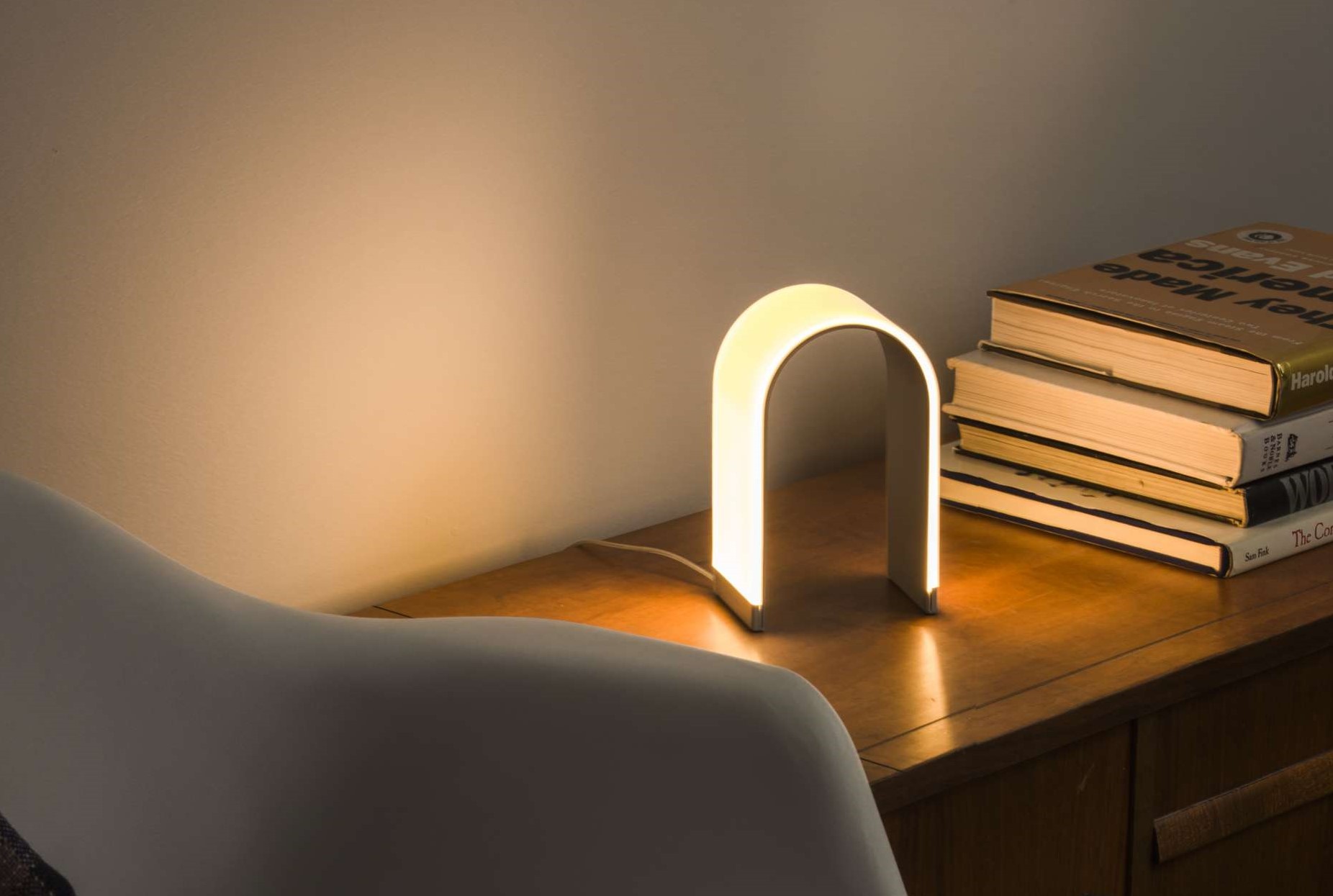
Alternate developing procedures employing bleaches leave the emulsion transparent but modulate the index of refraction or the surface relief of the emulsion. Thus, an absorption hologram is produced. The ordinary development procedure for photographic emulsions causes them to become absorptive at the locations that have been exposed to light. Photographic emulsions have a very high sensitivity and respond to a broad spectral range. The emulsion may be on a flexible acetate film or, for greater precision, a flat glass plate. They are a mature and commercially available technology. Silver halide photographic emulsions are the most common recording material used for holograms. Long exposures are undesirable because of the increased chance that a random disturbance will disrupt the coherence of the recording beams. Sensitive recording materials are generally desirable, since high sensitivity reduces the recording exposure time and the amount of optical power required of the source. The wavelength sensitivity of the recording material must be matched to the light source used. Some materials are sensitive to all visible wavelengths, and others are sensitive to only a portion of the spectrum.

An ideal recording material would have a resolution of at least 5000 fringes per millimeter. The spacing of interference fringes can be adjusted by changing the angle between the beams: a small angle gives large fringes, and a large angle gives fringes as small as one-half the wavelength of the light used. Practical concerns related to holographic recording materials include the recording resolution, the material sensitivity as a function of optical wavelength, and the processing steps required to develop the hologram. The thickness of the recording layer is also important to the characteristics of the hologram, as discussed in Section III. Other materials record the patterns as changes in their index of refraction or as a relief pattern on their surface these materials produce phase holograms. There are many materials that can be used for recording holographic interference patterns, Some materials record the pattern as a change in their optical absorption this yields absorption holograms. Guest, in Encyclopedia of Physical Science and Technology (Third Edition), 2003 IV Recording Materials

#EXPOSING EMUSION WITH LED LIGHT TABLE ISO#
Some aerial photographs presented in this book were taken with ISO 100 film speed or sensor setting, although many were taken at much faster speeds up to ISO 1600.Ĭlark C. However, this procedure also amplifies the sensor noise, both for intensity and color, which in turn creates the impression of a grainier image, quite similar to high-speed photographic film. A higher ISO setting amplifies the signal from the sensor, so less light is needed for the photograph. The standard setting of ISO 100 corresponds to the light sensitivity of an ISO 100 film, and may be increased to 200, 400, or up to 6400 for current compact cameras, while high-end digital system cameras may feature even higher ISO settings. The same concept is used for indicating the sensitivity of digital camera sensors. The latter have larger silver halide crystals in the emulsion, which tend to give a grainy texture to the image. High ISO values, in contrast, are typical of “fast” films that require little light.

Low ISO values indicate “slow” films that need much light. This factor is known as film speed, which is indicated by a standard ISO rating. Aber, in Small-Format Aerial Photography and UAS Imagery (Second Edition), 2019 6-4.4 Film Speed or ISO Ratingĭifferent photographic emulsions on film vary greatly in their sensitivity to light-some require little, others need much light to properly record an image.


 0 kommentar(er)
0 kommentar(er)
